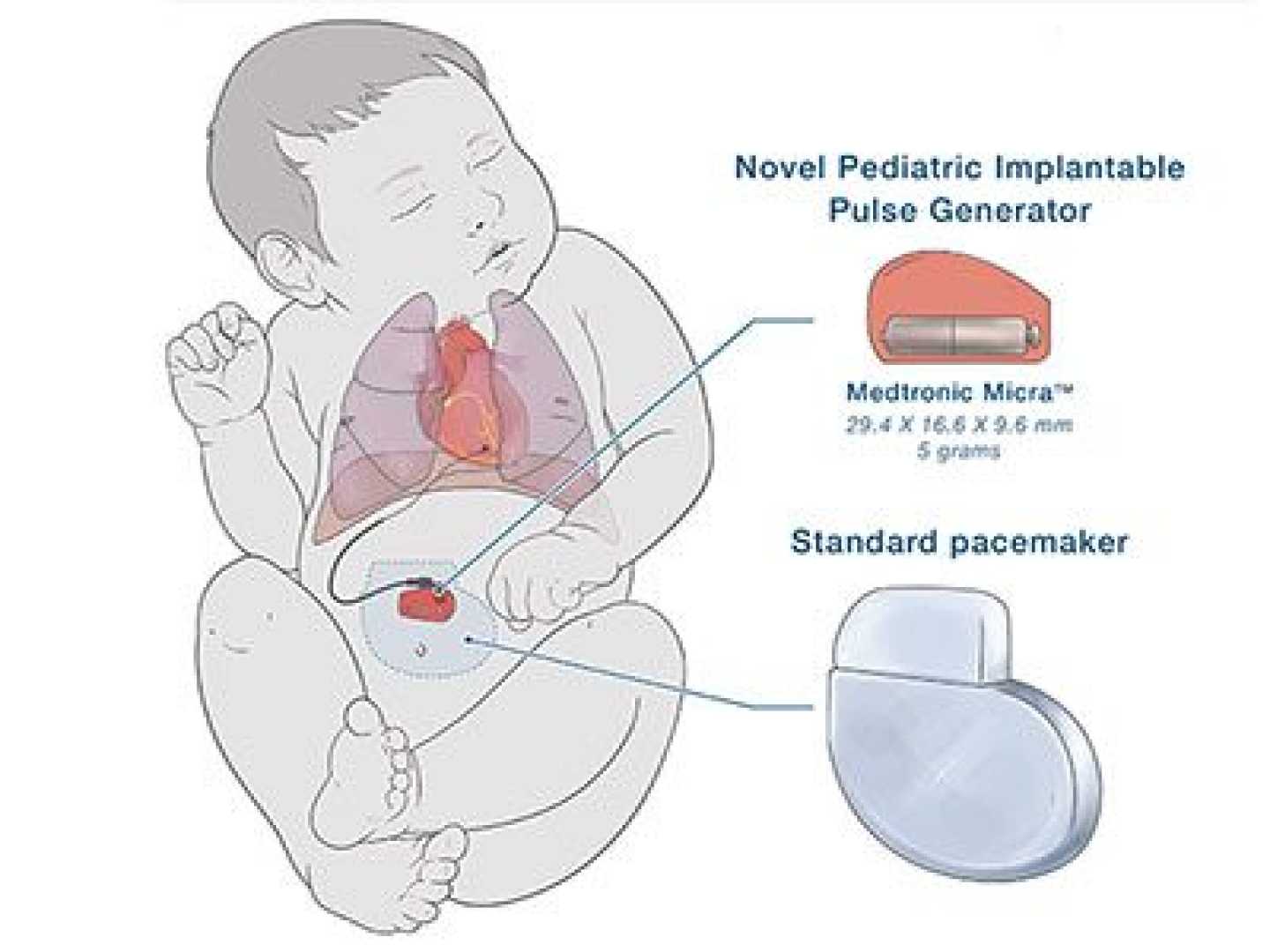Health
New Wireless Pacemaker Promises Hope for Infants with Heart Defects

EVANSTON, Ill. – A new, innovative pacemaker designed for infants could change the way doctors treat congenital heart defects. Every year, over one in 15,000 babies are born with these serious conditions. Traditional wired pacemakers pose risks, including tissue scarring.
Professor John Rogers and his team at Northwestern University have developed a unique solution. This pacemaker is smaller than a grain of rice and is wireless. It can be injected using a standard syringe, where it binds to the heart using absorbable polymers.
What makes this device revolutionary is its ability to regulate the heartbeat by receiving light signals from a sensor placed on the baby’s skin. Importantly, it can be configured to dissolve after a specific number of days, minimizing long-term risks.
Rogers describes the technology as blurring the line between traditional implants and pharmaceuticals. “It’s changing the landscape of how we think about heart treatment in infants,” he explains.
This advancement could provide safer, more effective care for vulnerable infants, addressing their heart health in a way that has not been possible before.












